当前位置:网站首页>程序员的你,有哪些炫技的代码写法?
程序员的你,有哪些炫技的代码写法?
2022-07-06 09:25:00 【编程小鱼六六六】
Manuel Kasten 也制作了一个 Mandelbrot 集的图片,与刚才不同的是,该图描绘的是 Mandelbrot 集在某处局部放大后的结果:我们知道,在计算机中要显示颜色,一般都是用R、G、B三个0-255范围内的整数来描述。
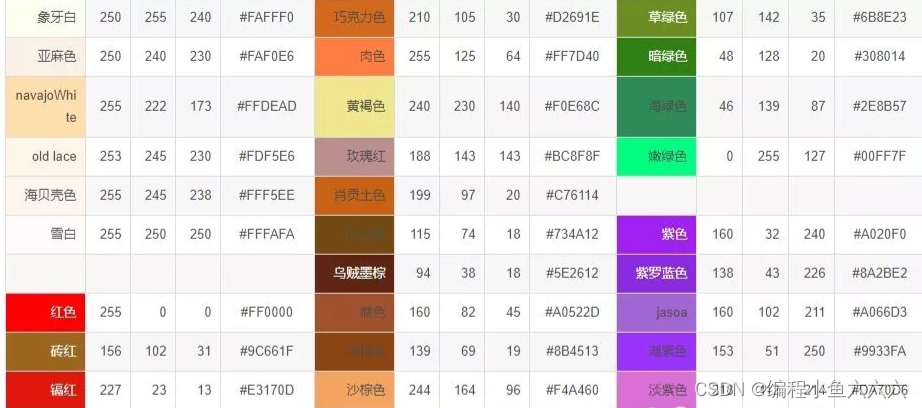
这一点,即便你不是从事前端、客户端这些与界面交互相关的开发工作,也应该知道。
也就是说,你现在在屏幕上看到的任何一个像素点的颜色,都可以用RGB三个整数值来表示。
那就有一个有趣的问题:如果让程序自动来填写每一个像素点,最后会是一副什么画呢?
最近我在知乎就看到了这么一个有趣的话题,看完真的让人称奇,独乐乐不如众乐乐,分享给大家。
国外有个大佬在StackExchange上发起了一个叫做 Tweetable Mathematical Art 的比赛。
参赛者需要用C++编写代表三原色的RD、GR、BL三个函数,每个函数都不能超过 140 个字符。每个函数都会接到 i 和 j 两个整型参数(0 ≤ i, j ≤ 1023),然后需要返回一个 0 到 255 之间的整数,表示位于 (i, j) 的像素点的颜色值。
举个例子,如果 RD(0, 0) 和 GR(0, 0) 返回的都是 0 ,但 BL(0, 0) 返回的是 255 ,那么图像的最左上角那个像素就是蓝色。参赛者编写的代码会被插进下面这段程序当中(我做了一些细微的改动),最终会生成一个大小为 1024×1024 的图片。
// NOTE: compile with g++ filename.cpp -std=c++11
#include <iostream>
#include <cmath>
#include <cstdlib>
#define DIM 1024
#define DM1 (DIM-1)
#define _sq(x) ((x)*(x)) // square
#define _cb(x) abs((x)*(x)*(x)) // absolute value of cube
#define _cr(x) (unsigned char)(pow((x),1.0/3.0)) // cube root
unsigned char GR(int,int);
unsigned char BL(int,int);
unsigned char RD(int i,int j){
// YOUR CODE HERE
}
unsigned char GR(int i,int j){
// YOUR CODE HERE
}
unsigned char BL(int i,int j){
// YOUR CODE HERE
}
void pixel_write(int,int);
FILE *fp;
int main(){
fp = fopen("MathPic.ppm","wb");
fprintf(fp, "P6\n%d %d\n255\n", DIM, DIM);
for(int j=0;j<DIM;j++)
for(int i=0;i<DIM;i++)
pixel_write(i,j);
fclose(fp);
return 0;
}
void pixel_write(int i, int j){
static unsigned char color[3];
color[0] = RD(i,j)&255;
color[1] = GR(i,j)&255;
color[2] = BL(i,j)&255;
fwrite(color, 1, 3, fp);
}我选了一些自己比较喜欢的作品,放在下面和大家分享。首先是一个来自 Martin Büttner 的作品:
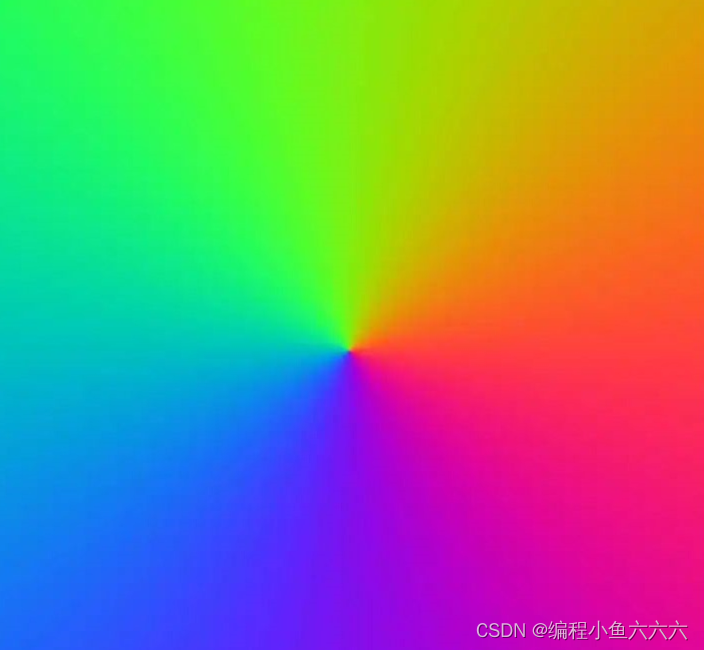
它的代码如下:
unsigned char RD(int i,int j){
return (char)(_sq(cos(atan2(j-512,i-512)/2))*255);
}
unsigned char GR(int i,int j){
return (char)(_sq(cos(atan2(j-512,i-512)/2-2*acos(-1)/3))*255);
}
unsigned char BL(int i,int j){
return (char)(_sq(cos(atan2(j-512,i-512)/2+2*acos(-1)/3))*255);
}
同样是来自 Martin Büttner 的作品:
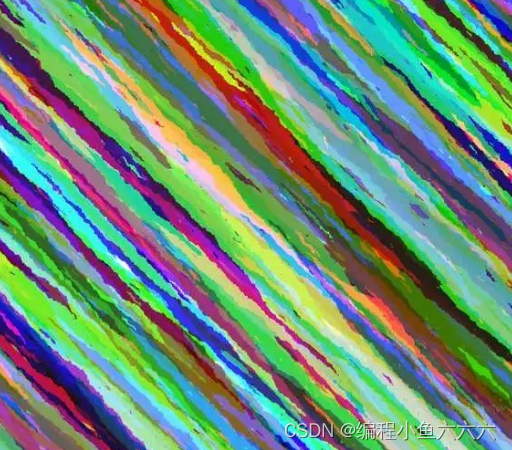
unsigned char RD(int i,int j){
#define r(n)(rand()%n)
static char c[1024][1024];
return!c[i][j]?c[i][j]=!r(999)?r(256):RD((i+r(2))%1024,(j+r(2))%1024):c[i][j];
}
unsigned char GR(int i,int j){
static char c[1024][1024];
return!c[i][j]?c[i][j]=!r(999)?r(256):GR((i+r(2))%1024,(j+r(2))%1024):c[i][j];
}
unsigned char BL(int i,int j){
static char c[1024][1024];
return!c[i][j]?c[i][j]=!r(999)?r(256):BL((i+r(2))%1024,(j+r(2))%1024):c[i][j];
}
下面这张图片仍然出自 Martin Büttner 之手:
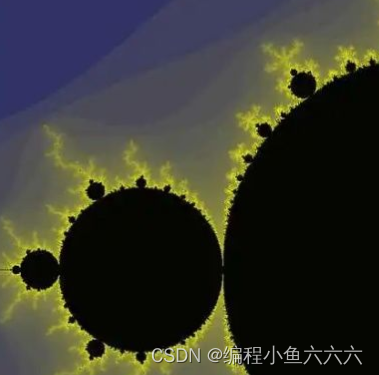
难以想象, Mandelbrot 分形图形居然可以只用这么一点代码画出
nsigned char RD(int i,int j){
float x=0,y=0;int k;for(k=0;k++<256;){float a=x*x-y*y+(i-768.0)/512;y=2*x*y+(j-512.0)/512;x=a;if(x*x+y*y>4)break;}
return log(k)*47;
}
unsigned char GR(int i,int j){
float x=0,y=0;int k;for(k=0;k++<256;){float a=x*x-y*y+(i-768.0)/512;y=2*x*y+(j-512.0)/512;x=a;if(x*x+y*y>4)break;}
return log(k)*47;
}
unsigned char BL(int i,int j){
float x=0,y=0;int k;for(k=0;k++<256;){float a=x*x-y*y+(i-768.0)/512;y=2*x*y+(j-512.0)/512;x=a;if(x*x+y*y>4)break;}
return 128-log(k)*23;
}Manuel Kasten 也制作了一个 Mandelbrot 集的图片,与刚才不同的是,该图描绘的是 Mandelbrot 集在某处局部放大后的结果:
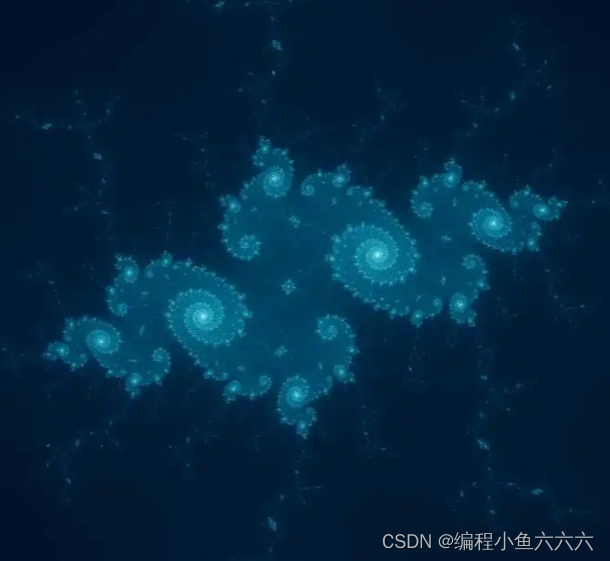
它的代码如下:
unsigned char RD(int i,int j){
double a=0,b=0,c,d,n=0;
while((c=a*a)+(d=b*b)<4&&n++<880)
{b=2*a*b+j*8e-9-.645411;a=c-d+i*8e-9+.356888;}
return 255*pow((n-80)/800,3.);
}
unsigned char GR(int i,int j){
double a=0,b=0,c,d,n=0;
while((c=a*a)+(d=b*b)<4&&n++<880)
{b=2*a*b+j*8e-9-.645411;a=c-d+i*8e-9+.356888;}
return 255*pow((n-80)/800,.7);
}
unsigned char BL(int i,int j){
double a=0,b=0,c,d,n=0;
while((c=a*a)+(d=b*b)<4&&n++<880)
{b=2*a*b+j*8e-9-.645411;a=c-d+i*8e-9+.356888;}
return 255*pow((n-80)/800,.5);
}这是 Manuel Kasten 的另一作品:
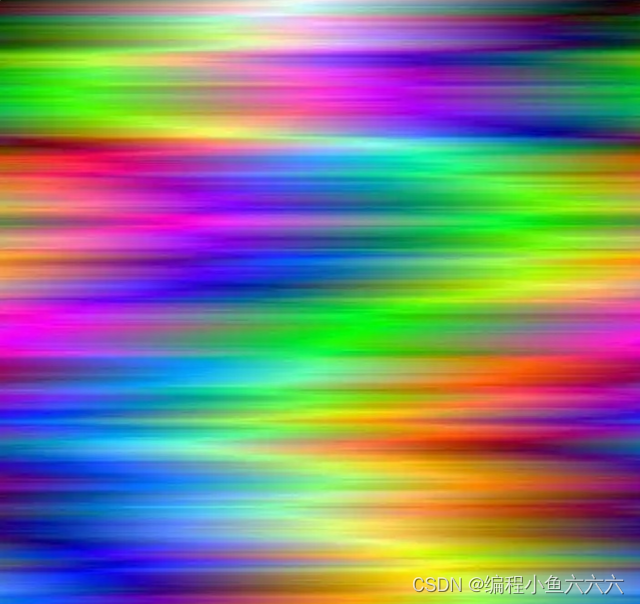
生成这张图片的代码很有意思:函数依靠 static 变量来控制绘画的进程,完全没有用到 i 和 j 这两个参数!
unsigned char RD(int i,int j){
static double k;k+=rand()/1./RAND_MAX;int l=k;l%=512;return l>255?511-l:l;
}
unsigned char GR(int i,int j){
static double k;k+=rand()/1./RAND_MAX;int l=k;l%=512;return l>255?511-l:l;
}
unsigned char BL(int i,int j){
static double k;k+=rand()/1./RAND_MAX;int l=k;l%=512;return l>255?511-l:l;
}这是来自 githubphagocyte 的作品:
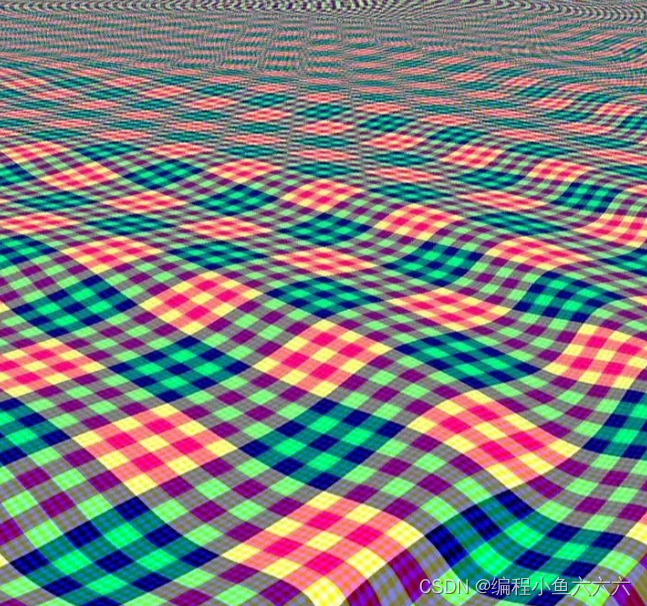
它的代码如下:
unsigned char RD(int i,int j){
float s=3./(j+99);
float y=(j+sin((i*i+_sq(j-700)*5)/100./DIM)*35)*s;
return (int((i+DIM)*s+y)%2+int((DIM*2-i)*s+y)%2)*127;
}
unsigned char GR(int i,int j){
float s=3./(j+99);
float y=(j+sin((i*i+_sq(j-700)*5)/100./DIM)*35)*s;
return (int(5*((i+DIM)*s+y))%2+int(5*((DIM*2-i)*s+y))%2)*127;
}
unsigned char BL(int i,int j){
float s=3./(j+99);
float y=(j+sin((i*i+_sq(j-700)*5)/100./DIM)*35)*s;
return (int(29*((i+DIM)*s+y))%2+int(29*((DIM*2-i)*s+y))%2)*127;
}这是来自 githubphagocyte 的另一个作品:
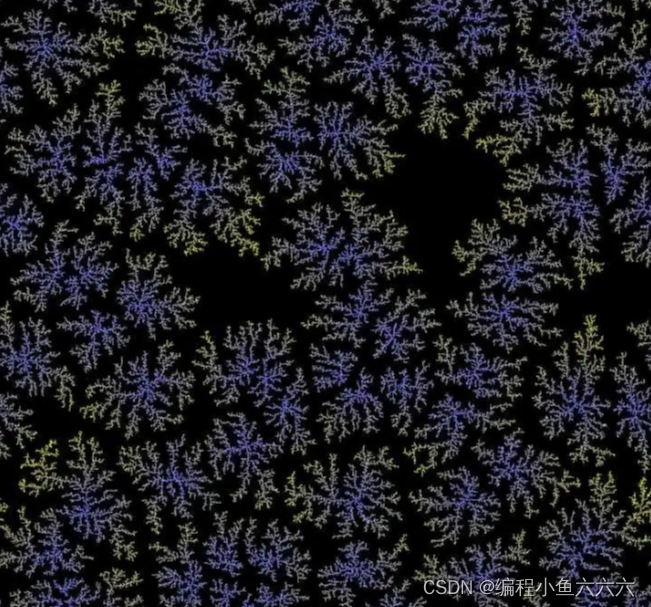
这是一张使用 diffusion-limited aggregation 模型得到的图片,程序运行起来要耗费不少时间。代码很有意思:巧妙地利用宏定义,打破了函数与函数之间的界限,三段代码的字数限制便能合在一起使用了。
unsigned char RD(int i,int j){
#define D DIM
#define M m[(x+D+(d==0)-(d==2))%D][(y+D+(d==1)-(d==3))%D]
#define R rand()%D
#define B m[x][y]
return(i+j)?256-(BL(i,j))/2:0;
}
unsigned char GR(int i,int j){
#define A static int m[D][D],e,x,y,d,c[4],f,n;if(i+j<1){for(d=D*D;d;d--){m[d%D][d/D]=d%6?0:rand()%2000?1:255;}for(n=1
return RD(i,j);
}
unsigned char BL(int i,int j){
A;n;n++){x=R;y=R;if(B==1){f=1;for(d=0;d<4;d++){c[d]=M;f=f<c[d]?c[d]:f;}if(f>2){B=f-1;}else{++e%=4;d=e;if(!c[e]){B=0;M=1;}}}}}return m[i][j];
}最后这张图来自 Eric Tressler:
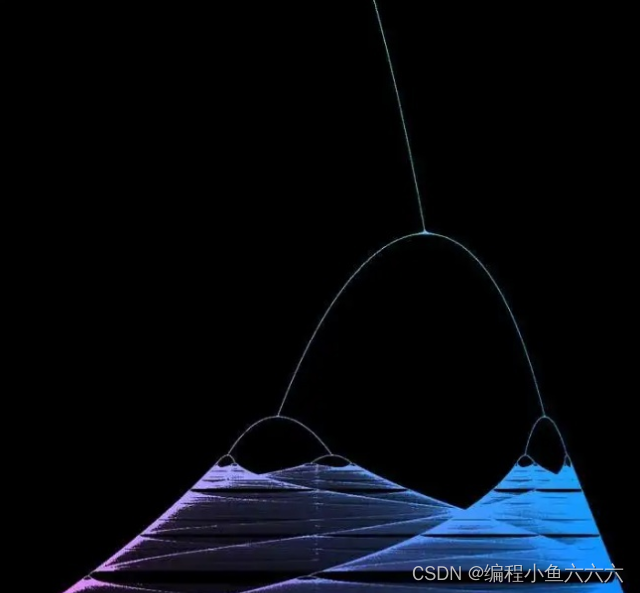
这是由 logistic 映射得到的 Feigenbaum 分岔图。和刚才一样,对应的代码也巧妙地利用了宏定义来节省字符:
unsigned char RD(int i,int j){
#define A float a=0,b,k,r,x
#define B int e,o
#define C(x) x>255?255:x
#define R return
#define D DIM
R BL(i,j)*(D-i)/D;
}
unsigned char GR(int i,int j){
#define E DM1
#define F static float
#define G for(
#define H r=a*1.6/D+2.4;x=1.0001*b/D
R BL(i,j)*(D-j/2)/D;
}
unsigned char BL(int i,int j){
F c[D][D];if(i+j<1){A;B;G;a<D;a+=0.1){G b=0;b<D;b++){H;G k=0;k<D;k++){x=r*x*(1-x);if(k>D/2){e=a;o=(E*x);c[e][o]+=0.01;}}}}}R C(c[j][i])*i/D;
}
怎么样,短短几行代码,就能画出如此绚烂的图像,你有没有什么脑洞大开的想法,可以复制上面的代码来试一试啊!
资源&更深入的阅读资料:
领取资料的神秘通道开启点击链接加入群聊【C语言/C++编程学习基地】:828339809
边栏推荐
- Cost accounting [17]
- LeetCode#19. Delete the penultimate node of the linked list
- A method and implementation of using VSTO to prohibit excel cell editing
- The most detailed postman interface test tutorial in the whole network. An article meets your needs
- Eslint--- error: newline required at end of file but not found (EOL last) solution
- 学习记录:TIM—基本定时器
- Indonesian medical sensor Industry Research Report - market status analysis and development prospect forecast
- Market trend report, technical innovation and market forecast of Chinese hospital respiratory humidification equipment
- 51 lines of code, self-made TX to MySQL software!
- 力扣刷题记录--完全背包问题(一)
猜你喜欢

学习记录:USART—串口通讯

FSM和i2c实验报告
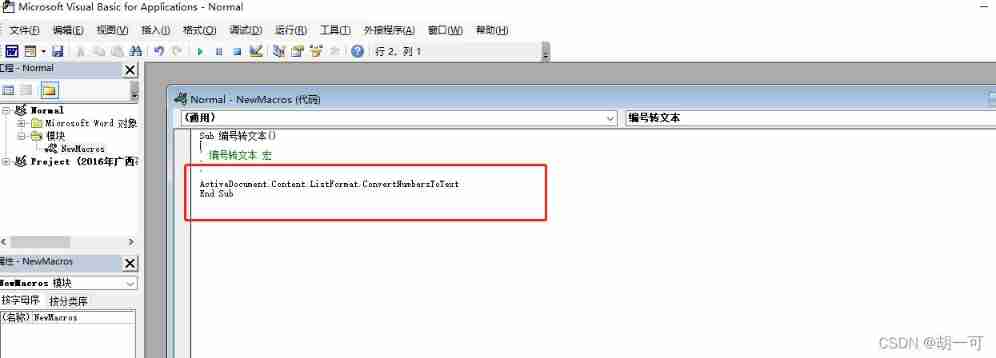
Word macro operation: convert the automatic number in the document into editable text type
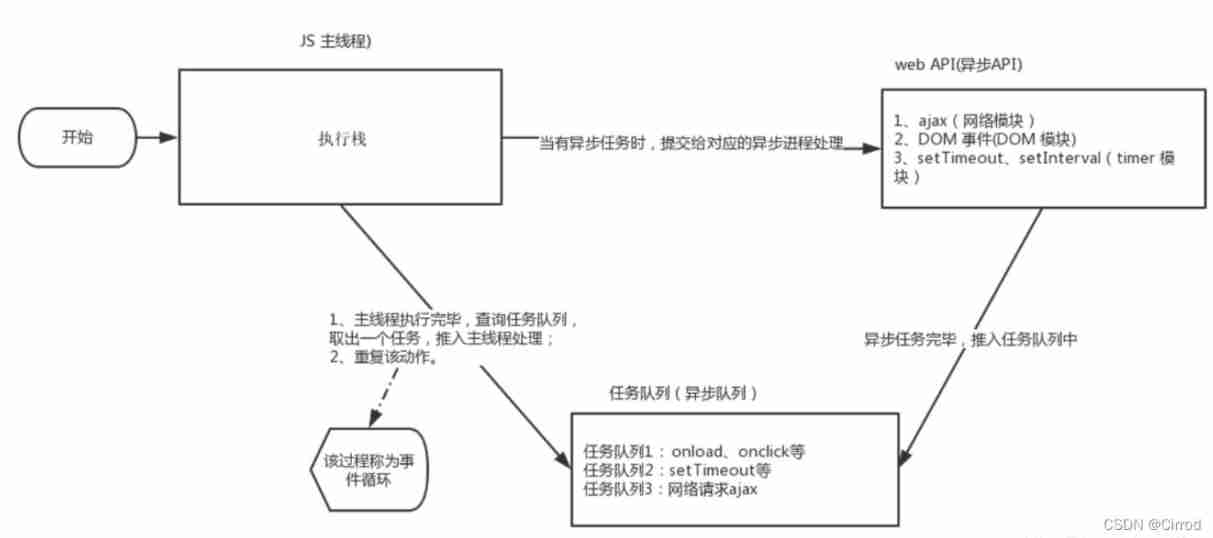
JS --- BOM details of JS (V)

Flex --- detailed explanation of flex layout attributes
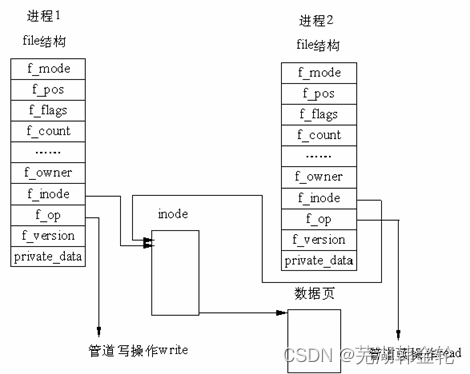
Lab 8 file system
![Cadence physical library lef file syntax learning [continuous update]](/img/0b/75a4ac2649508857468d9b37703a27.jpg)
Cadence physical library lef file syntax learning [continuous update]
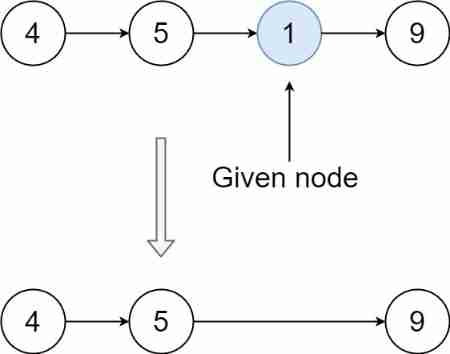
LeetCode#237. Delete nodes in the linked list
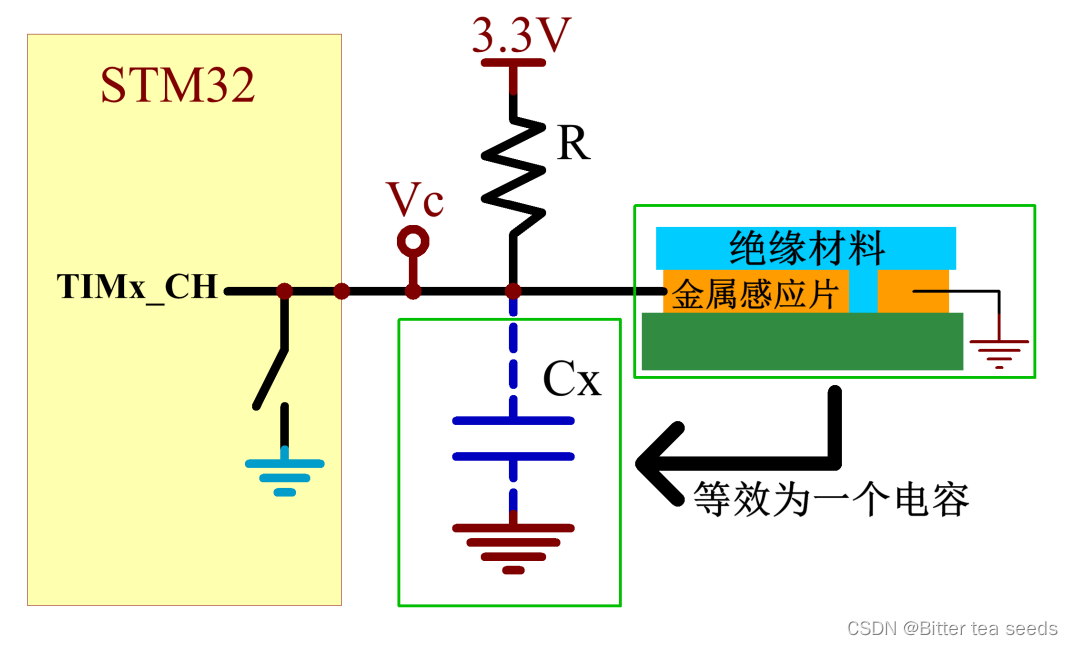
学习记录:TIM—电容按键检测

STM32學習記錄:輸入捕獲應用
随机推荐
Collection集合与Map集合
JS --- detailed explanation of JS facing objects (VI)
Word macro operation: convert the automatic number in the document into editable text type
Cost accounting [17]
ucorelab3
MySQL transactions
Unpleasant error typeerror: cannot perform 'ROR_‘ with a dtyped [float64] array and scalar of type [bool]
基于485总线的评分系统
FSM和i2c实验报告
UCORE LaB6 scheduler experiment report
Learning record: use stm32f1 watchdog
Research Report on market supply and demand and strategy of China's medical chair industry
Intensive learning notes: Sutton book Chapter III exercise explanation (ex17~ex29)
STM32学习记录:玩转按键控制蜂鸣器和LED
Heap, stack, queue
Want to change jobs? Do you know the seven skills you need to master in the interview software test
Crawler series of learning while tapping (3): URL de duplication strategy and Implementation
Mysql database (IV) transactions and functions
C4D quick start tutorial - Introduction to software interface
Hospital privacy screen Industry Research Report - market status analysis and development prospect forecast